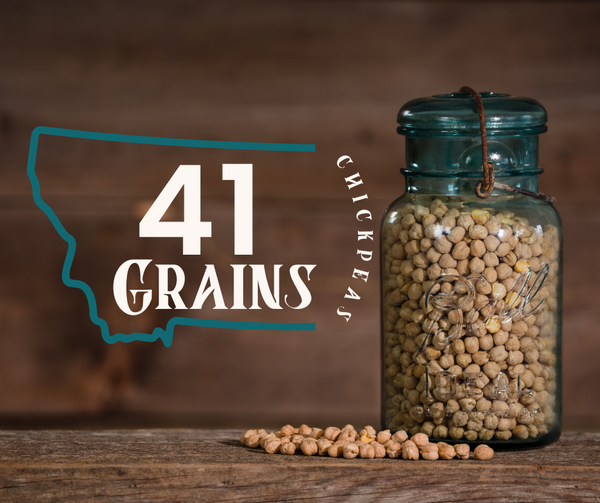
Eastern Montana Dryland Farming: Crops, Challenges, and the Future of Agriculture
Kacie SikvelandShare
Eastern Montana Dryland Farming: A Look at Agriculture in the Region
Eastern Montana is home to vast stretches of farmland, where dryland farming plays a crucial role in the region’s economy and food production. With its semi-arid climate and reliance on natural precipitation rather than irrigation, farming in this area presents both challenges and opportunities. In this blog, we explore the key crops grown, the scale of farming operations, and the economic landscape of agriculture in Eastern Montana.
Crops Grown in Eastern Montana
The farming season in Eastern Montana is relatively short due to the region’s harsh winters and semi-arid climate. Typically, planting begins in early spring (April to May) as temperatures rise, and the growing season extends through the summer, with harvest occurring between late August and October. Winter wheat is an exception, as it is planted in the fall and overwinters before being harvested the following summer.
Farmers in Eastern Montana cultivate a variety of hardy crops that thrive in dryland conditions. Some of the primary crops include:
- Wheat (spring and winter varieties) – The backbone of Montana’s agricultural economy
- Barley – Used for livestock feed and brewing
- Canola – A growing crop in the region for its oilseed production
- Peas and Lentils – Beneficial for soil health and crop rotation
- Flax – Valued for its oil and fiber content
Here's an overview of some primary crops each with its own average yield per acre and market price.
1. Wheat (Spring and Winter Varieties)
- Average Yield: Approximately 37.2 bushels per acre.
- Market Price: Around $7.02 per bushel.
2. Barley
- Average Yield: Varies by county; for example, some counties report yields between 60 to 79.9 bushels per acre.
- Market Price: Approximately $3.00 per bushel.
3. Canola
- Average Yield: Specific data for Eastern Montana is limited; however, neighboring regions report yields around 33 bushels per acre.
- Market Price: Varies based on quality and market conditions.
4. Peas and Lentils
- Average Yield: Field peas average about 36 bushels per acre; lentils yield approximately 1,306 pounds per acre.
- Market Price: Prices fluctuate based on variety and quality.
5. Flax
- Average Yield: Approximately 23 bushels per acre.
- Market Price: Varies depending on market demand and quality.
Please note that these figures are approximate and can vary based on factors such as weather conditions, soil quality, and farming practices. Additionally, market prices fluctuate due to supply and demand dynamics. For the most accurate and current information, it's advisable to consult local agricultural extensions or the USDA's National Agricultural Statistics Service.
Scale of Farming in Eastern Montana
Despite its rural nature, Eastern Montana is home to a mix of small family farms and larger corporate farming operations. Family-owned farms make up the majority, carrying on generations of agricultural traditions, while corporate farms contribute to large-scale production and efficiencies in the industry.
The Profitability of Farming in Eastern Montana
Farming in Eastern Montana can be both rewarding and challenging. Profitability depends on several factors, including:
- Commodity prices – Fluctuating wheat, barley, and pulse crop prices affect farm incomes
- Weather conditions – Droughts and unpredictable rainfall impact yields
- Input costs – Fuel, fertilizers, and equipment expenses influence margins
- Government subsidies and crop insurance – Financial assistance programs help mitigate risk
Many farmers face tight profit margins, but innovative farming practices, diversification, and advances in soil conservation techniques help sustain agriculture in the region.
Conclusion
Dryland farming in Eastern Montana is a vital part of the region’s heritage and economy. While challenges like unpredictable weather and fluctuating market prices persist, the resilience of local farmers keeps the industry thriving. As the agricultural landscape continues to evolve, the commitment to sustainable practices and innovation ensures that Eastern Montana remains a key player in U.S. agriculture.
